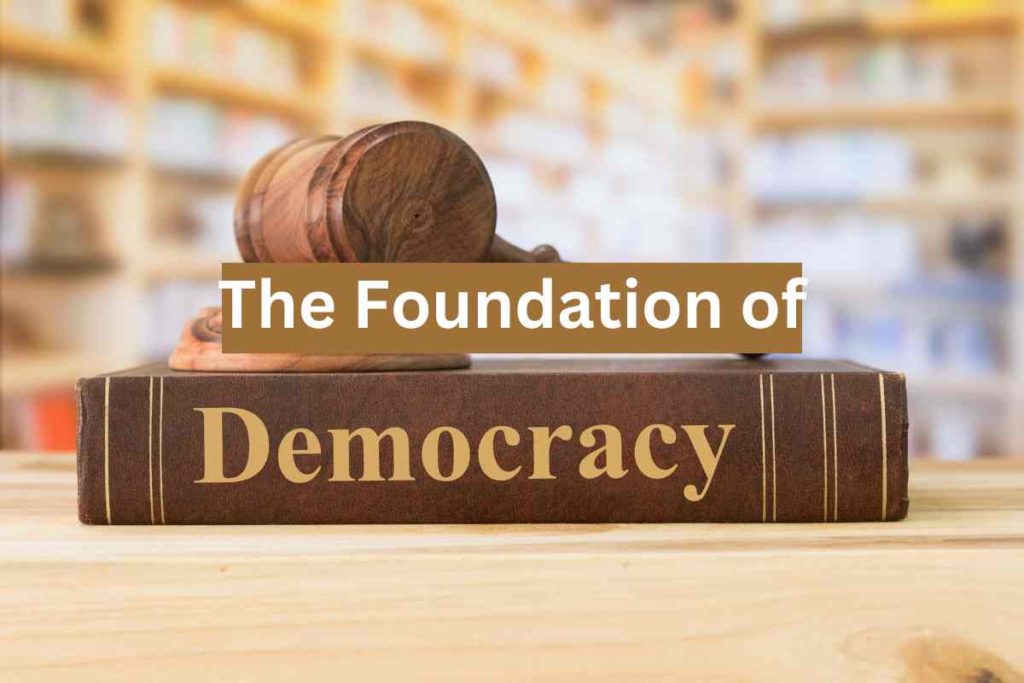The separation of powers is a fundamental principle in the United States Constitution, designed to ensure a balanced and functioning government. It is the cornerstone of American democracy and has shaped how the country has been governed for over two centuries. In this blog post, we will delve into the concept of separation of powers in the USA, explore its historical roots, and discuss how it is applied in modern times.
The Roots of Separation of Powers
Explore the origins of the separation of powers, from ancient philosophy to the Enlightenment, and how these ideas influenced the framers of the US Constitution.
- Ancient Greek and Roman philosophers
- Enlightenment thinkers, including Montesquieu, John Locke, and William Blackstone
- The influence of the English government system
The Three Branches of Government
Break down the functions and responsibilities of the three branches of the United States government: the Legislative, Executive, and Judicial branches.
- The Legislative Branch: Congress, its two chambers, and the role of creating laws
- The Executive Branch: The President and their responsibilities, including enforcing laws and leading the country
- The Judicial Branch: The Supreme Court and the federal court system, tasked with interpreting and applying laws
Checks and Balances
Discuss the importance of checks and balances in maintaining the separation of powers and the methods each branch uses to prevent abuses of power.
- The concept of checks and balances
- The Legislative Branch’s checks on the Executive and Judicial branches
- The Executive Branch reviews the Legislative and Judicial branches
- The Judicial Branch reviews the Legislative and Executive branches
Separation of Powers in Practice
Examine real-world examples of how the separation of powers has shaped American history, including landmark Supreme Court cases and presidential actions.
- Marbury v. Madison (1803) and judicial review
- The Watergate Scandal and the Limits of executive power
- The Affordable Care Act and the Role of the Supreme Court
The Challenges to Separation of Powers
Discuss potential threats to the separation of powers, including partisanship, judicial activism, and executive overreach.
- The Rise of Partisanship and its impact on legislative independence
- Judicial Activism and the Potential for Politicization of the Courts
- The expansion of executive power and the use of executive orders
The Future of Separation of Powers
Look at the ongoing importance of separation of powers and how it will continue to shape American democracy in the future.
- The relevance of separation of powers in the 21st century
- Potential reforms and improvements
- The role of an engaged citizenry in maintaining the balance of powers
Conclusion:
The separation of powers is a vital component of the United States Constitution and an essential foundation for democracy. By understanding the history, purpose, and practical applications of this principle, we can better appreciate its role in our government’s functioning. By staying informed and engaged, we can help ensure that the separation of powers remains a bulwark against tyranny and a driving force for a solid and stable democracy in the USA.
